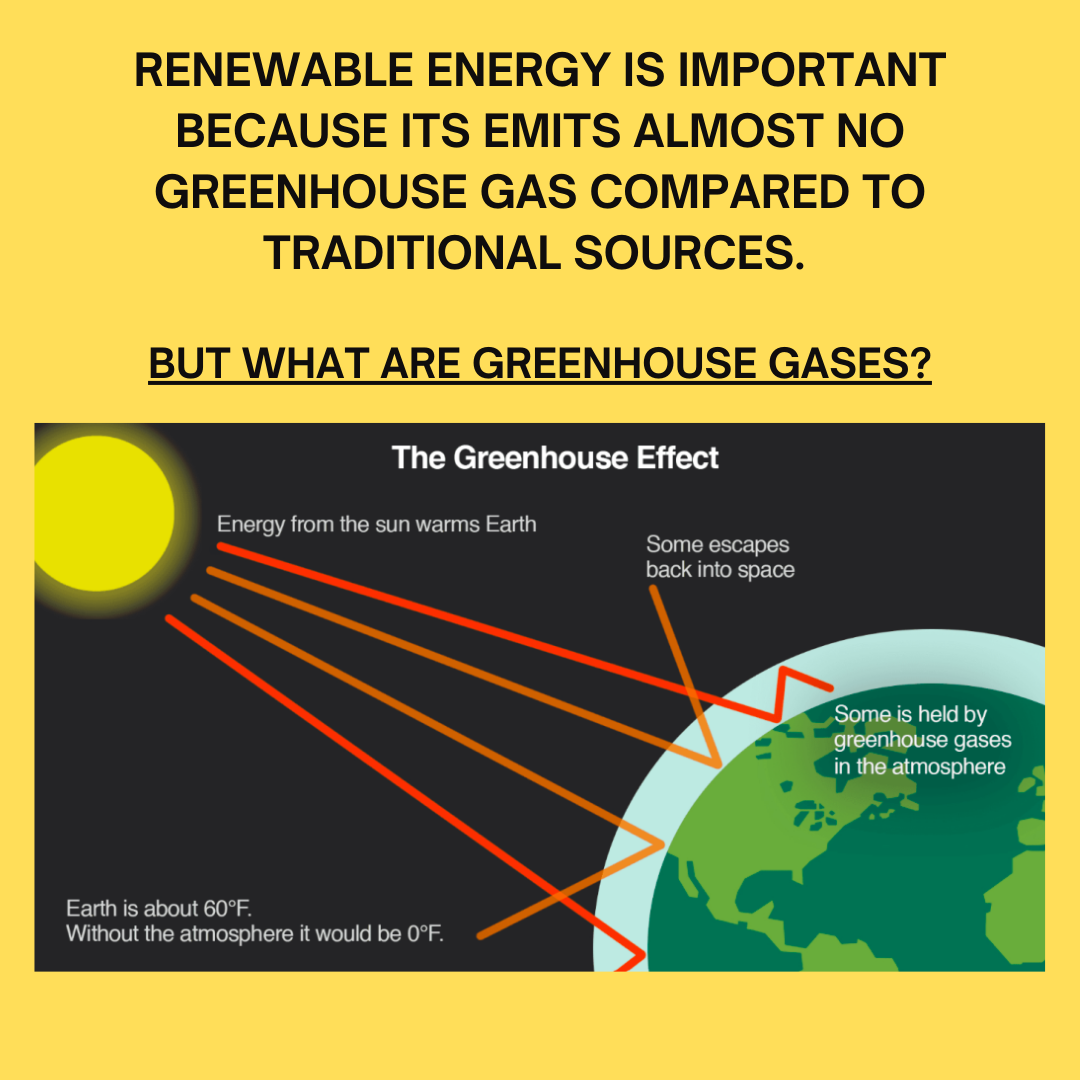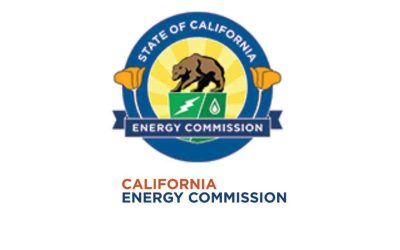Most of the radiation from the sun is absorbed by the Earth, warming the planet, but about 30% is reflected back through the atmosphere into space. Earth’s atmosphere, however, has certain “greenhouse gasses”, such as carbon dioxide and methane, which trap reflecting radiation, preventing it from leaving the planet. As a result, heat that should be leaving the planet is forced to stay, and the temperature of the Earth increases.


Figure 1: The Greenhouse Gas Effect
A common misconception is that greenhouse gasses always have a negative effect, but without any greenhouse gasses trapping reflected radiation, Earth would be too cold for life.
The problem is that non-renewable energy sources emit greenhouse gasses as a byproduct when generating energy, and during the past few centuries, they have nearly doubled the concentration of greenhouse gasses in our atmosphere!
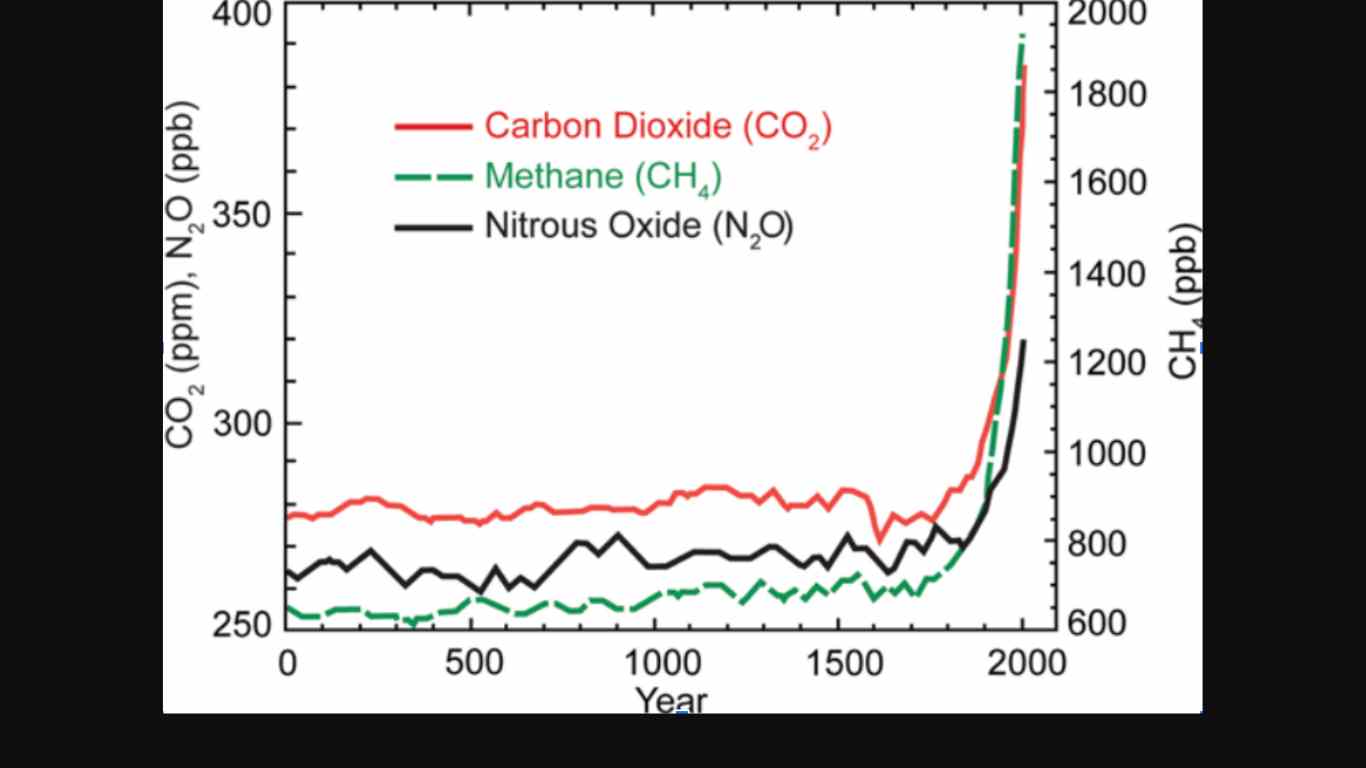
Figure 2: The concentration of greenhouse gases has increased dramatically in the last few centuries
Due to the increased concentrations of greenhouse gasses, Earth is not able to reflect as much radiation as before, and therefore, the temperature of the planet is increasing.

Figure 3: Almost everywhere on Earth is warmer than it was 75 years ago.
Our climate change blog shows just how impactful this has been!
Renewable energies, however, emit almost no greenhouse gasses.
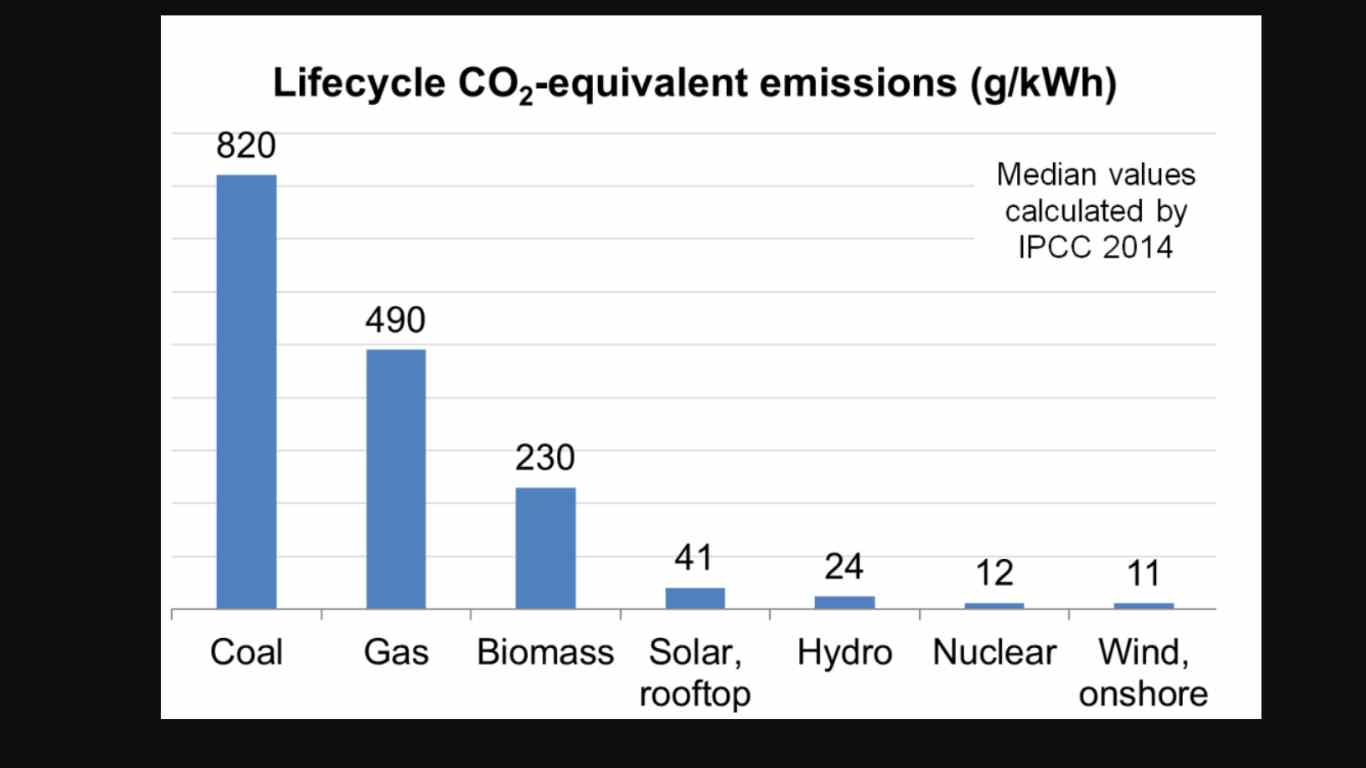
Figure 4: Non-renewable energy sources such as coal produce hundreds more grams of carbon dioxide than renewable ones like wind
Figure 4 visually depicts how many more grams of carbon dioxide per kilowatt-hour non-renewable energy sources produce than renewable alternatives. In 2015, America used close to 4,000 terra-watt hours. Just imagine how much less carbon dioxide would be produced if non-renewable energy sources were replaced with renewable ones.
The concentration of greenhouse gasses has increased dramatically in the last few centuries

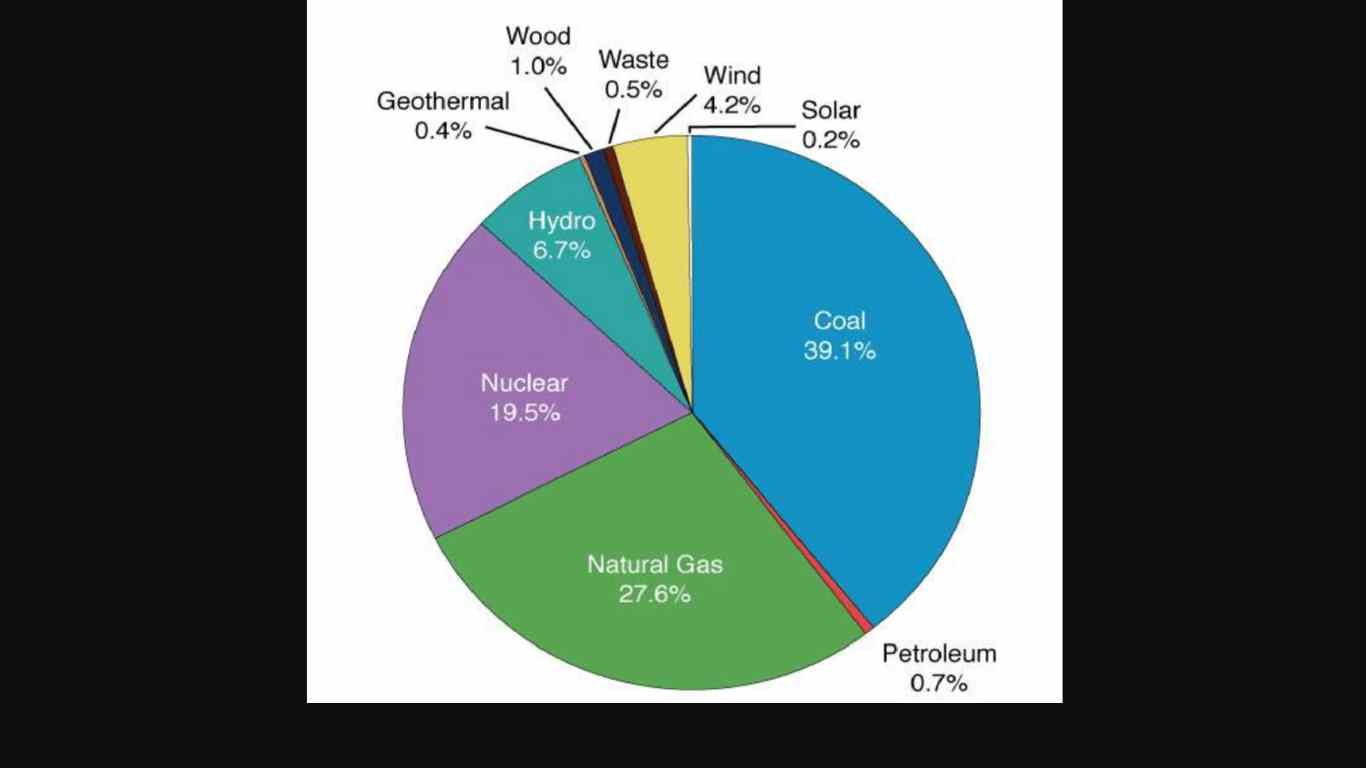
Sources:

